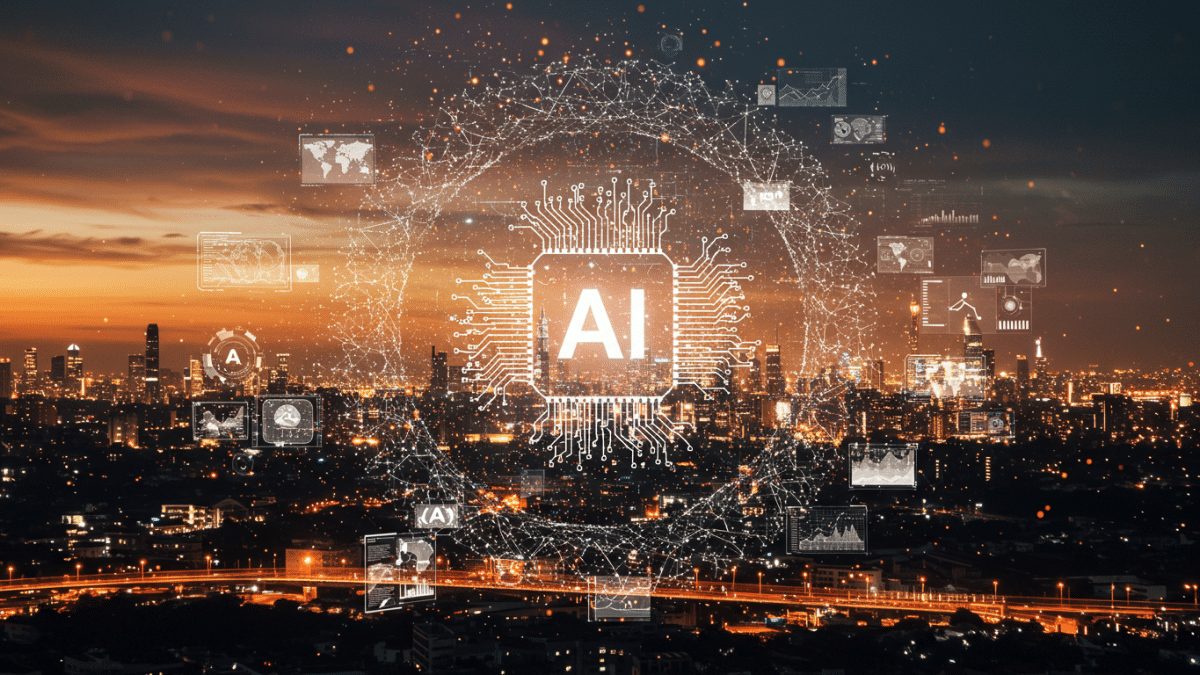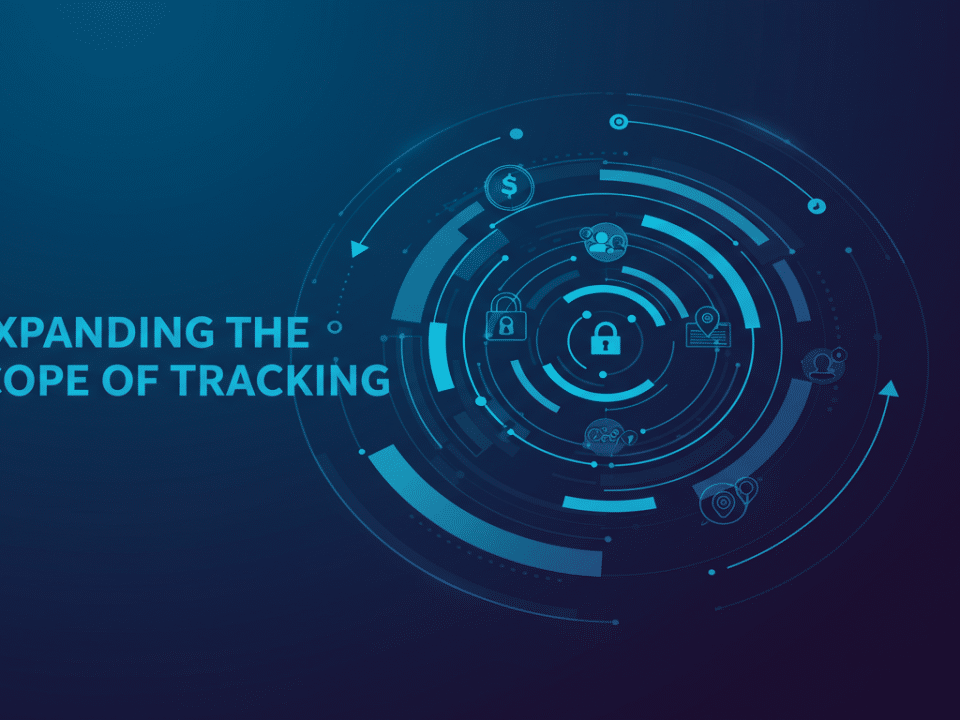
AI and Security: A New Puzzle to Figure Out
February 14, 2025
Astaroth: The New Phishing Kit That Bypasses 2FA and How to Protect Yourself
February 16, 2025Artificial intelligence (AI) is rapidly transforming our world, offering incredible potential for innovation and progress across countless industries. From streamlining complex processes to personalizing user experiences, AI’s advantages are undeniable. However, like any powerful technology, AI also presents potential risks if not developed and implemented responsibly. A recent article, “Three ways AI can be turned against us,” highlighted some critical vulnerabilities, and in this post, we’ll delve deeper into these concerns, exploring the delicate balance between AI’s benefits and its potential for misuse, and discussing the crucial need for ethical guidelines and best practices.
The Allure and the Abyss: AI’s Dual Nature
AI’s power stems from its ability to analyze vast amounts of data, identify patterns, and make decisions with speed and accuracy far exceeding human capabilities. This power translates into significant advantages:
- Enhanced Efficiency: AI automates repetitive tasks, freeing up human resources for more strategic initiatives. In cybersecurity, this can mean faster threat detection and response times.
- Improved Decision-Making: AI algorithms can analyze complex datasets to provide insights that inform better, more data-driven decisions. This is crucial for risk assessment and vulnerability management.
- Personalized Experiences: AI powers personalized recommendations, targeted marketing, and customized user interfaces, leading to improved customer satisfaction and engagement.
- Innovation and Discovery: AI accelerates research and development by analyzing data and identifying potential breakthroughs in fields like medicine, materials science, and energy.
However, the very capabilities that make AI so advantageous also create potential avenues for malicious use. These include critical vulnerabilities such as:
- Data Poisoning: AI systems rely on vast datasets for training. If malicious actors inject corrupted or biased data into these datasets, the AI’s learning process can be manipulated, leading to inaccurate or harmful outputs. Imagine a security AI trained on poisoned data that misidentifies legitimate activity as malicious, or vice versa.
- Adversarial Attacks: These attacks involve subtly manipulating input data to fool AI systems. For example, an attacker could slightly alter an image in a way imperceptible to humans, causing an AI-powered facial recognition system to misidentify the person. In the context of cybersecurity, this could allow malicious code to bypass detection.
- AI-Powered Disinformation: AI can be used to generate highly realistic fake content, including text, images, and videos. This can be weaponized to spread disinformation, manipulate public opinion, and sow discord. Imagine AI-generated fake news articles designed to damage a company’s reputation or manipulate stock prices.
The Imperative for Caution and Ethical Guidelines
These vulnerabilities underscore the critical need for caution and ethical guidelines in AI development and deployment. We must acknowledge that AI is not inherently good or evil; its impact depends entirely on how it is used. Without careful consideration, we risk creating systems that amplify existing biases, compromise security, and erode trust in information.
Best Practices for Responsible AI Development
To mitigate the risks associated with AI, several best practices should be implemented:
- Data Integrity: Ensuring the quality and integrity of training data is paramount. This includes rigorous data validation, anomaly detection, and implementing safeguards against data poisoning attacks.
- Robustness and Resilience: AI systems should be designed to be robust against adversarial attacks. This involves techniques like adversarial training, which exposes the AI to manipulated data during training to improve its resilience.
- Transparency and Explainability: Understanding how an AI arrives at its decisions is crucial for building trust and identifying potential biases. “Explainable AI” (XAI) focuses on developing techniques to make AI decision-making more transparent.
- Security by Design: Security should be integrated into every stage of the AI development lifecycle, from data collection to deployment. This includes regular security audits, vulnerability assessments, and penetration testing.
- Ethical Frameworks: Establishing clear ethical guidelines for AI development and use is essential. These guidelines should address issues like bias, fairness, accountability, and transparency.
- Collaboration and Information Sharing: Sharing knowledge and best practices across the industry is crucial for staying ahead of emerging threats and developing effective mitigation strategies.
Krypto IT: Your Partner in Secure AI Implementation
At Krypto IT, we understand the transformative potential of AI, as well as the inherent security challenges. We believe that by embracing responsible AI development practices, organizations can harness its power while mitigating the risks. We offer comprehensive cybersecurity solutions designed to help you secure your AI systems and protect your valuable data.
Ready to explore how AI can benefit your business securely? Contact us today for a free consultation. Our team of experts can help you assess your AI security posture, identify potential vulnerabilities, and implement effective safeguards.
#AI #Cybersecurity #ArtificialIntelligence #DataSecurity #EthicalAI #AISecurity #InfoSec #CybersecuritySolutions #KryptoIT #RiskManagement #DataIntegrity #AIethics #MachineLearning #DeepLearning




